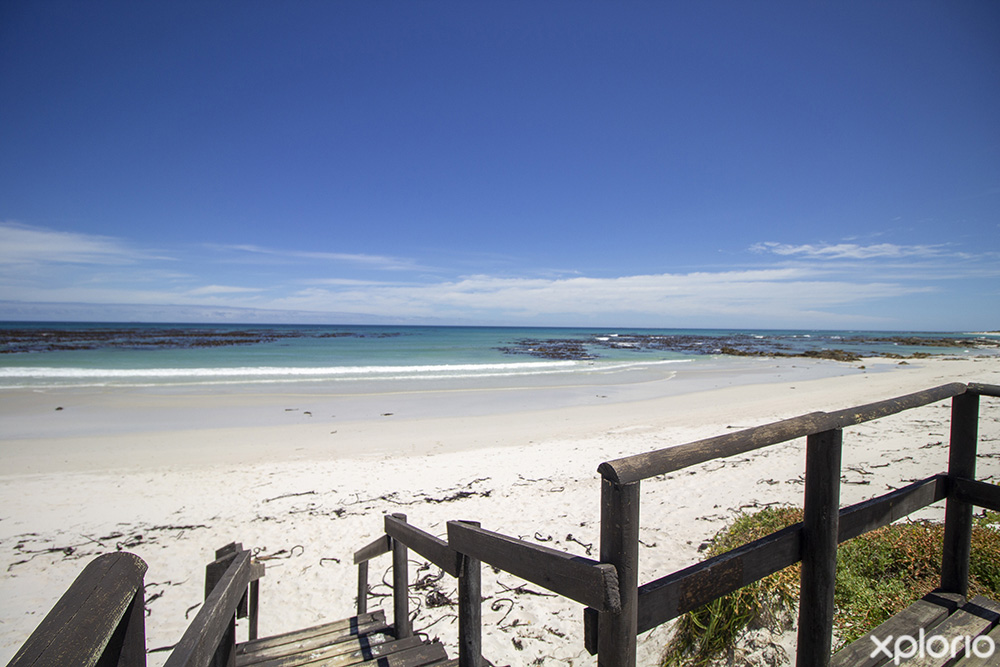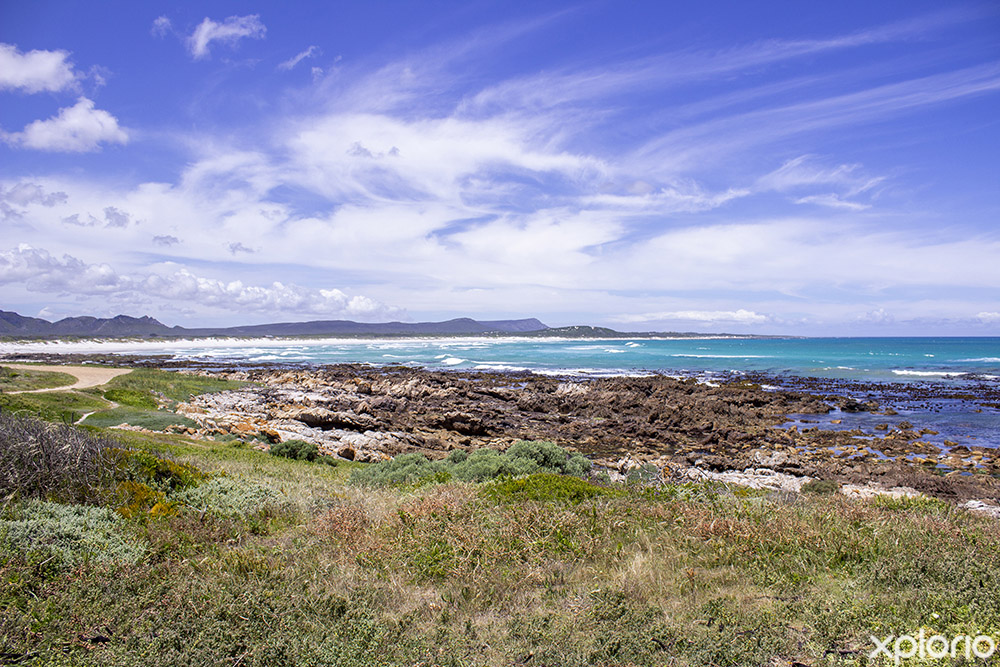Embrace Nature, Preserve Beauty, and Get Involved ...
Pearly Beach is part of the Cape Floristic Region, the smallest but richest floral kingdom in the world. ...
 Pearly Beach Conservancy
Pearly Beach Conservancy
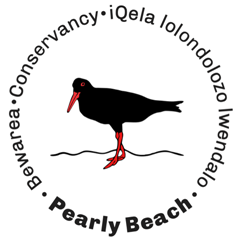
The Pearly Beach Conservancy was founded as the Pearly Beach Conservation Society in 1991 and was registered as a Conservancy with CapeNature in 2006.
Aims and Objectives:
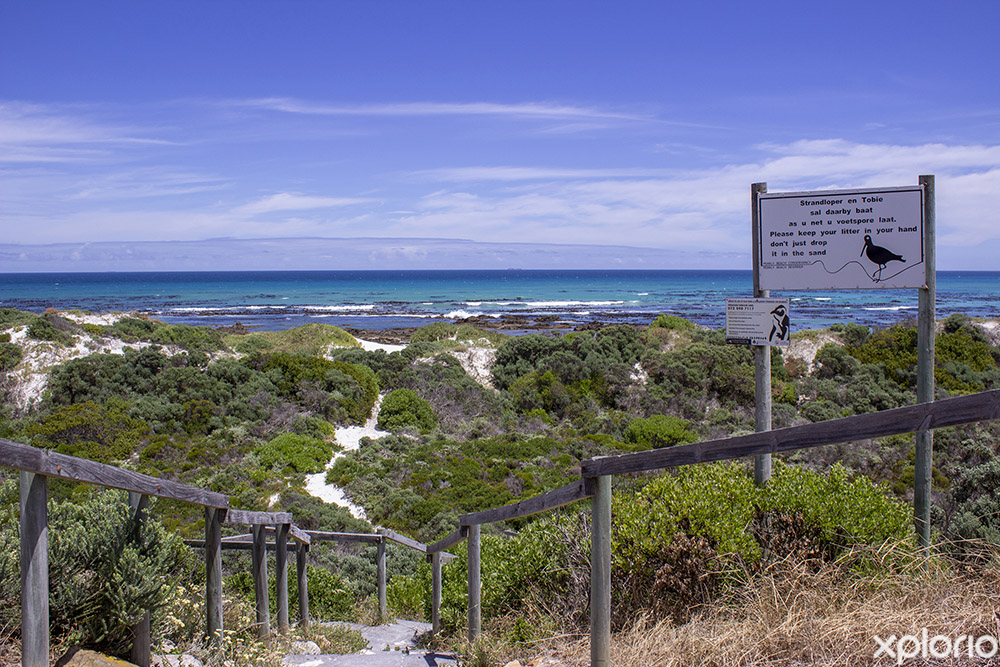
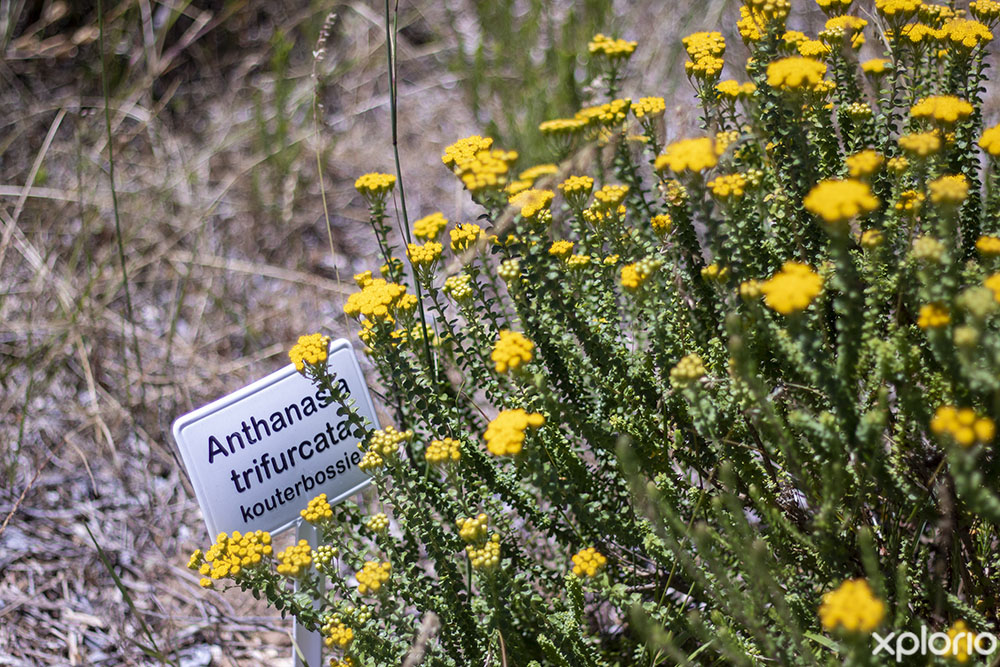
The Pearly Beach Conservancy spearheads various projects that include, but are not limited to:
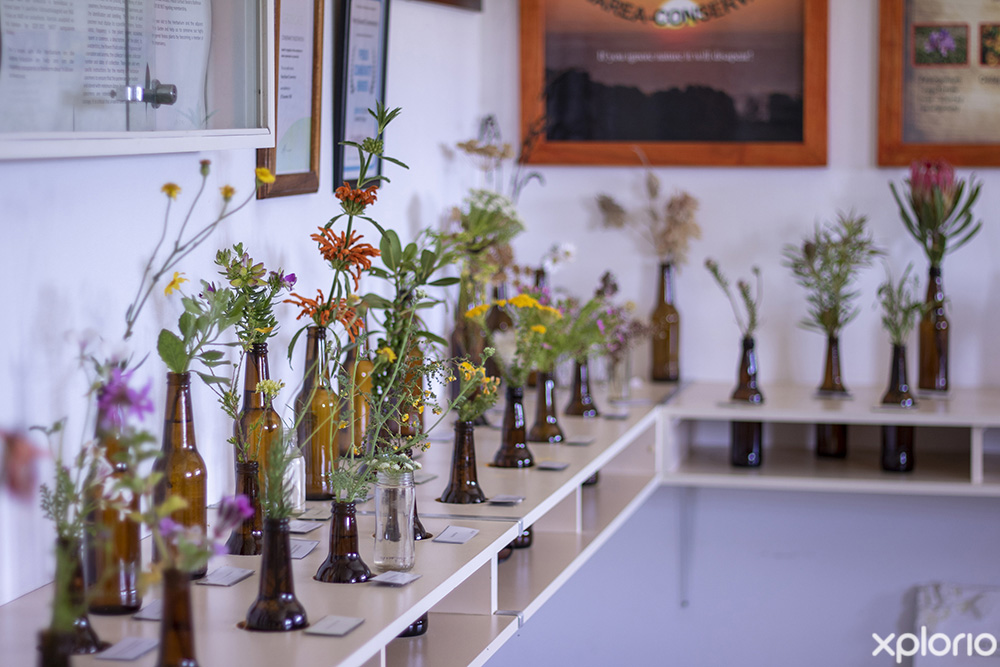
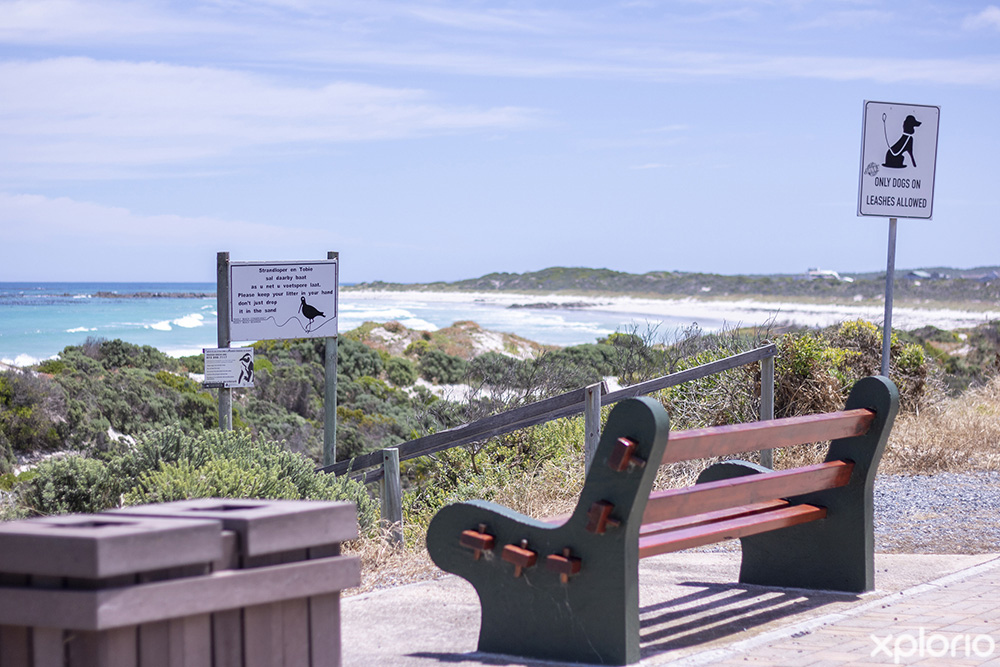
The Pearly Beach Conservancy is the custodian of a Herbarium that was established in the early 1990s by the Pearly Beach Conservation Society in conjunction with the local Municipality, CapeNature, Grootbos Private Nature Reserve and Fernkloof Nature Reserve.
Initially, the plant collection was kept in a temporary wooden structure, which is now the Marine Kiosk at the entrance of Pearly Beach. Today, the collection is housed in a purpose-built brick building in the Fynbos Centre. The plants were collected at all times of the year by Heilie Mostert, a dedicated amateur botanist and resident of Pearly Beach.
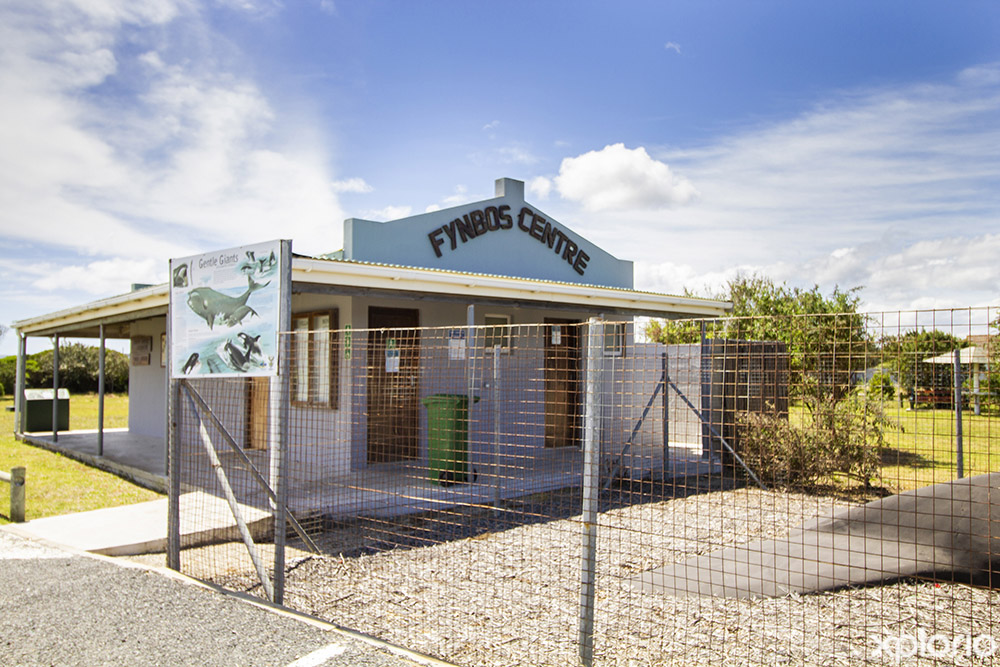
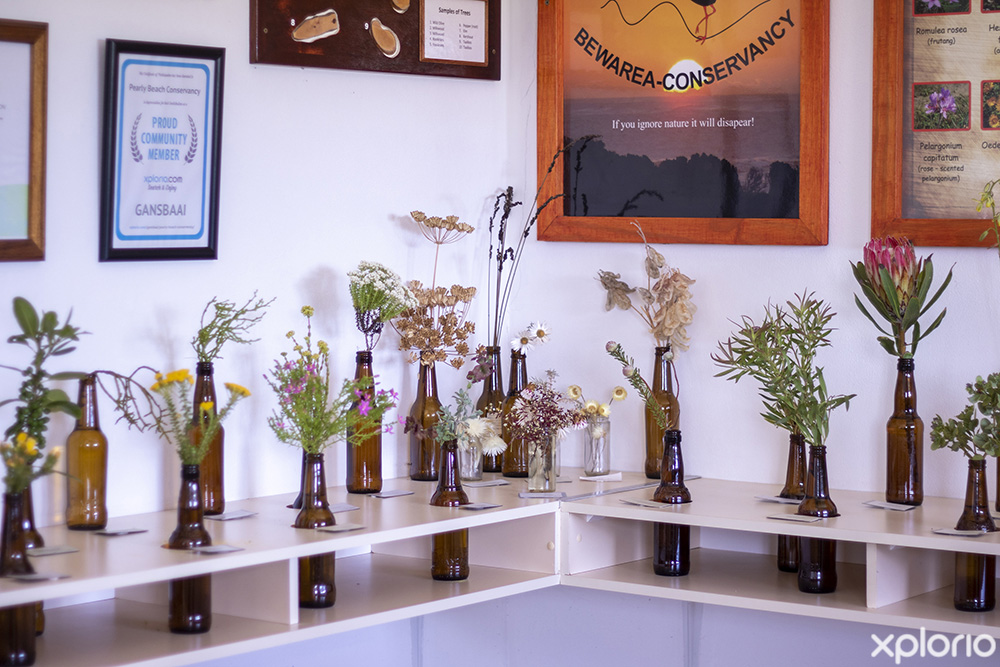
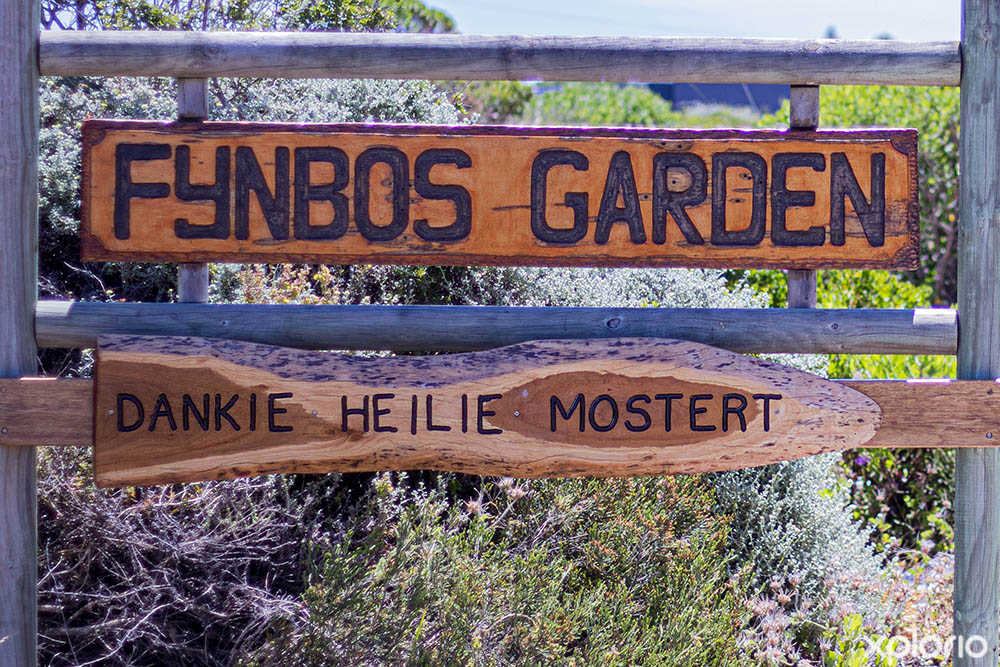
Heilie recorded the GPS coordinates of every plant she picked and identified with the use of research books. She would then press the plant on a specimen card, which she numbered and filed. As a result, a total of 316 indigenous plants have been identified to date.
Although Heilie left Pearly Beach, her legacy lives on. Every week a group of fynbos enthusiasts continue to pick flowers in Pearly Beach with the permission of CapeNature (fynbos may not be picked without a permit) and meticulously record and display them in the Herbarium. Everyone is invited to come and have a look!
The Pearly Beach Conservancy promotes indigenous gardening and is always on hand with sound advice to help you get yours established.
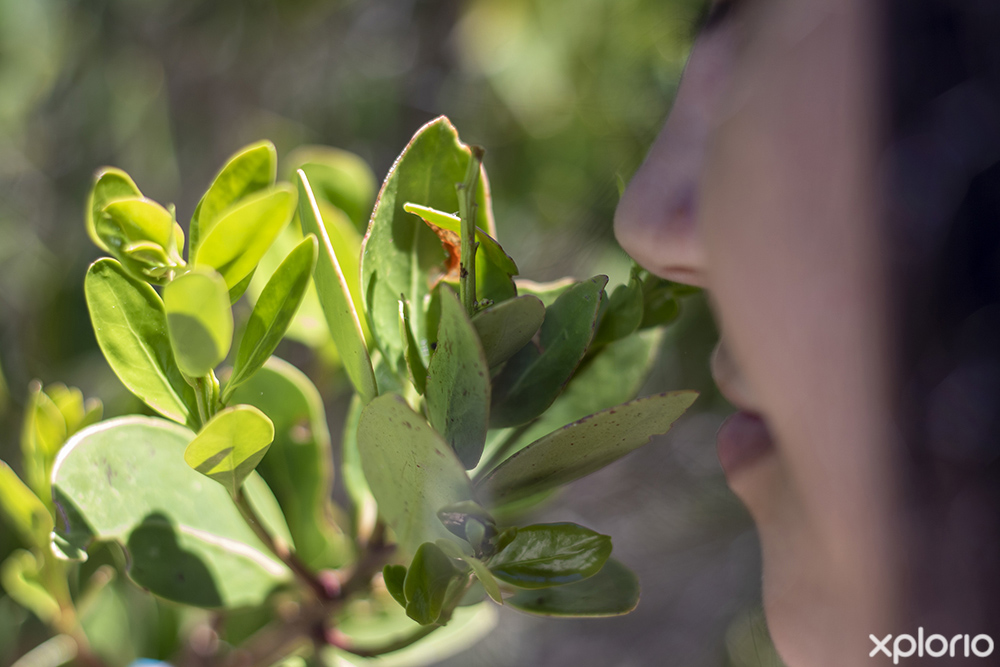
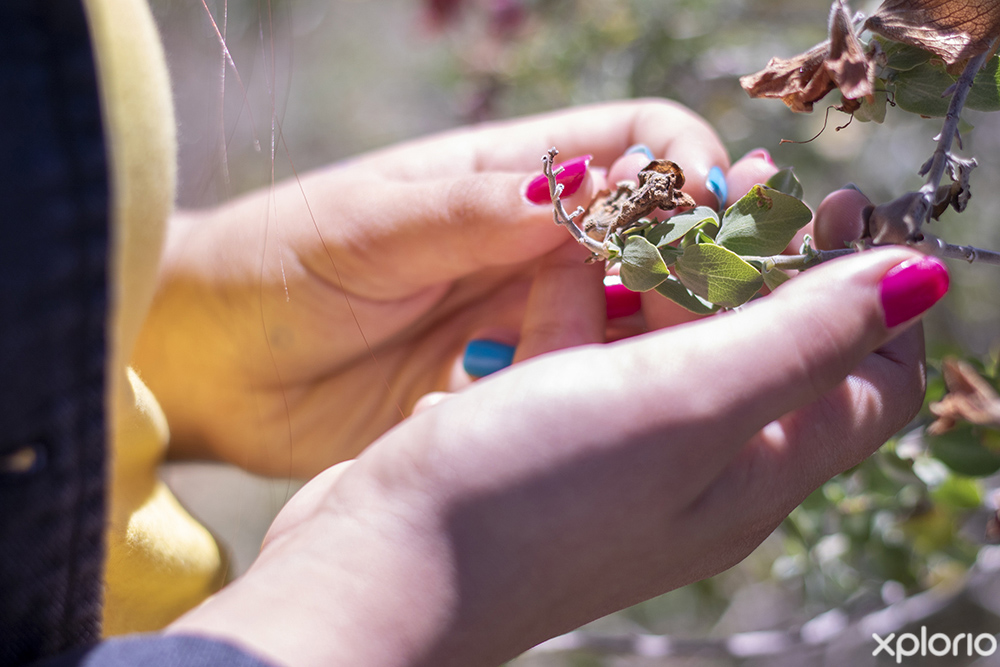
Category 1b Plant Invaders are invasive species that must be controlled and, whenever possible, removed and destroyed. Selling and planting these plants is strictly prohibited.
Deemed Category 1b:
Category 2 Plant Invaders are deemed to be potentially invasive. A permit is required to carry out a restricted trade.
Deemed Category 2:
- The Conservancy recommends that it not be planted and be removed.
Category 3 Plant Invaders can remain in prescribed areas. However, further planting, propagating and trade is prohibited.
Deemed Category 3:
- The Conservancy recommends that it not be planted and be removed.
Protected Strandveld Tree:
- Sideroxylon inerme (white milkwood)
Strandveld Shrubs (can be pruned into small trees):
- Cassine peragua (lepelhout)
- Colpoon compressum (basbessie))
- Euclea racemosa (sea guarri)
- Pterocelastrus tricuspidatus (kershout)
Spring to Summer Flower Shrublets:
- Agathosma cerefolium (anys buchu)
- Anisodontea scabrosa (sand rose)
- Felicia amoena
- Geranium incanum (vroue bossie)
- Otholobium bracteolatum (skaapbos tee)
- Pelargonium betulinum (kanferblaar)
- Helichrysum crispum (kooigoed)
- Zaluzianskya villosa (drumsticks)
- Gazania pectinata (ogies gousblom)
- Lampranthus (dew plants)
- Drosanthemum intermedium
- Senecio elegans (strandblommetjie)
Autumn to Winter Flower Shrublets:
- Coleonema album (cape may)
- Metalasia muricata (wit blombos, 2m)
- Osteospermum moniliferum (bietou 1.5m)
- Phylica ericoides
- Polygala myrtifolia (Augustus bossie 1.5m)
- Pteronia uncinata (strand-gombos)
Wild Herbs:
- Aloe arborescens, kransaalwyn (leaf sap for burns, wounds, eczema)
- Bulbinella nutans, geel katstert (leaf sap to treat itches)
- Carpobrotus acinaciformis, sourfig (leaf sap for sore throat, wounds, eczema)
- Eriocephalus paniculatus, wild rosemary (leaf tea for colds)
- Lessertia frutescens, cancer bush (leaf tea for tonic)
- Salvia africana-lutea, brown sage (leaf tea for coughs)
Winter Geophytes:
- Brunsvigia orientalis (candelabra)
- Chasmanthe aethiopica (suurpypie)
- Haemanthus coccineus (paintbrush lily)
- Lachanalia bulbifera (rooi viooltjie)
Proteaceae (only suitable for areas with limestone soil):
- Protea obtusifolia (limestone sugarbush)
- Leucospermum patersonii (silver edge pincushion)
Waterwise Turf:
- Stenotaphrum secondatum (buffelskweek/buffalo grass)
The Pearly Beach Conservancy wishes to make you aware of the Municipality Policy of Intent for clearing vegetation to maintain fire-wise privately-owned vacant land within residential areas that must comply with the following prescribed standards:
The Pearly Beach Conservancy promotes a dark sky policy for Pearly Beach.
Light pollution is classified as artificial light after dark that negatively affects the environment by disrupting the natural light cycles that species are cued into. Plants and animals depend on Earth’s daily rhythm cycle of light and dark to govern life-sustaining behaviours such as reproduction, nourishment, sleep and protection from predators.
One collective goal is to avoid the introduction of light to previously dark areas with the following goals:
• Reduce sky-glow
• Increase night sky visibility
• Reduce the impacts of outdoor lighting on people and wildlife
• Conserve energy and reduce the consumption of electricity
The Pearly Beach Conservancy invites you to become a member if you are interested in the conservation of Pearly Beach.
Annual Membership Fees
Pearly Beach Conservancy / Bewarea
ABSA Bank
Hermanus Branch Code: 334-812
Account Number: 9201379257
Reference: Your Name
The conservancy is a registered NPO: 080-366-NPO
Find the membership form, here.
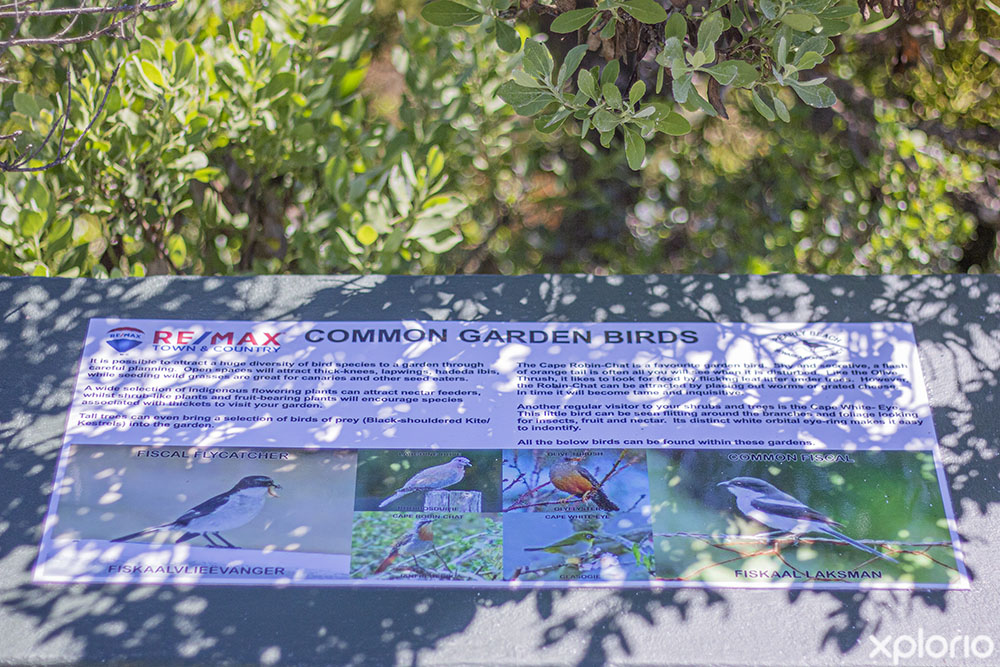
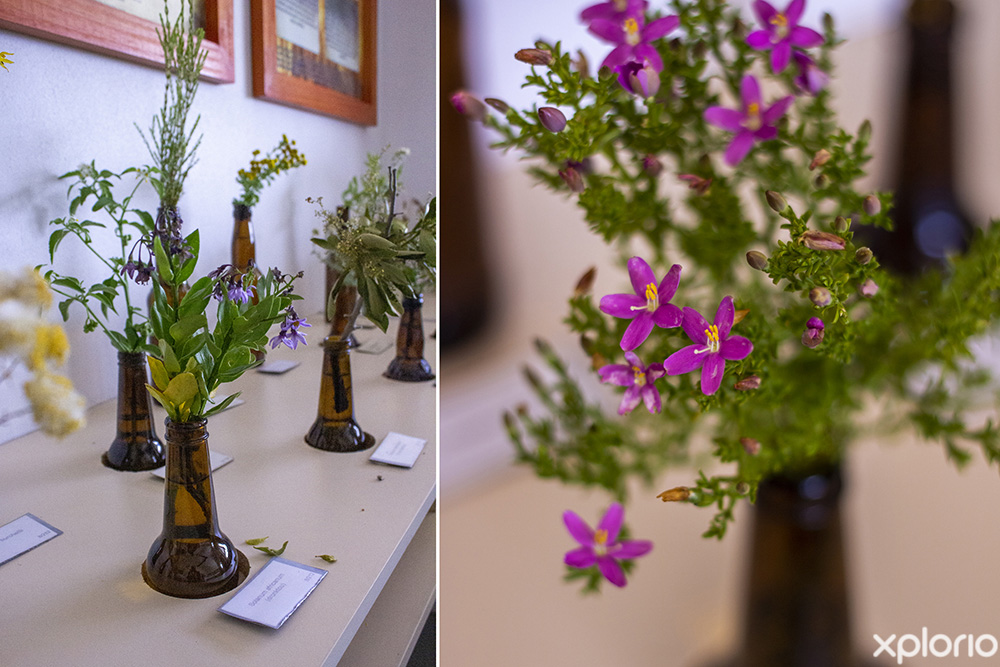
Pearly Beach Conservancy’s committee members are as follows:
• Chairperson - Susanne Fuchs
• Vice-Chairperson - Charleen Brunke
• Treasurer - Barry de Vaal
• Secretary - Elrina Versfeld
• Members Secretary - Sheryll Steyn
Committee:
• Gerald Henrici
• Ivy Hartman
• Judi Rabe
• Vivien Burton-Moore
Co-opted - Pieter Reyneke
Pearly Beach Conservancy is associated with the Pearly Beach Ratepayers Association.
Pearly Beach Ratepayers Association is a non-profit organization that aims to preserve the beauty and integrity of Pearly Beach. The ratepayers association serves as a link between the ratepayers and the Overstrand municipality when it comes to all community affairs. Added services provided by the association is the Pearly Beach Emergency Room.
Contact the Pearly Beach Ratepayers Association, here.
